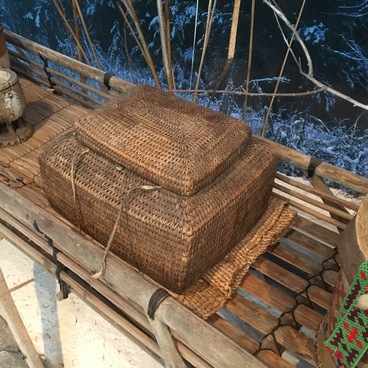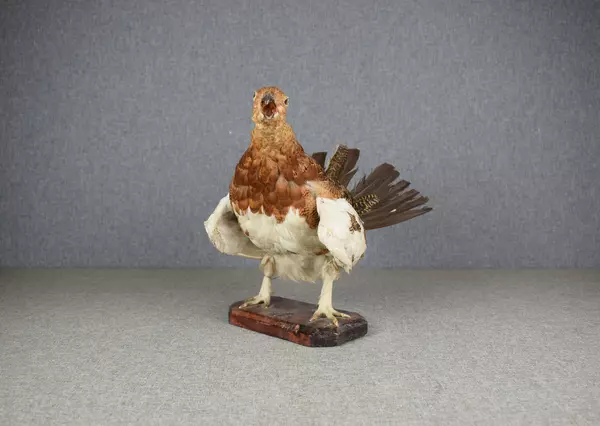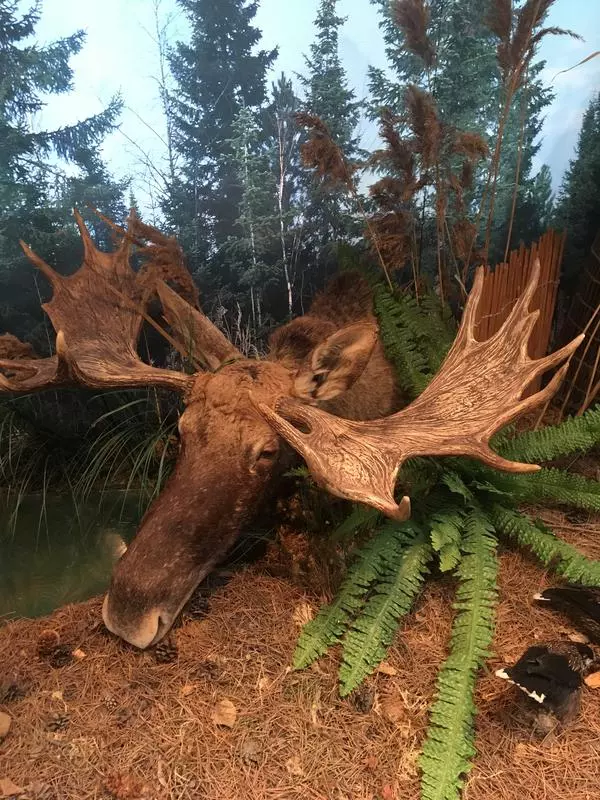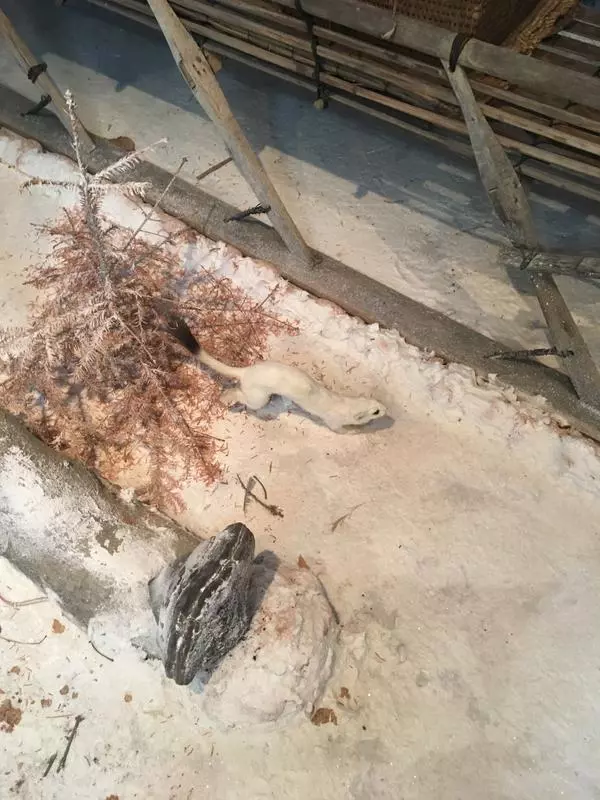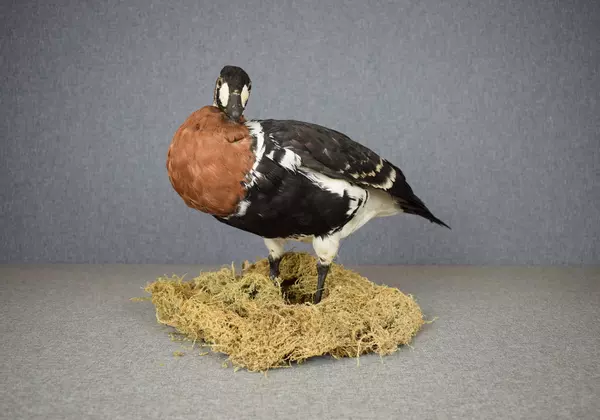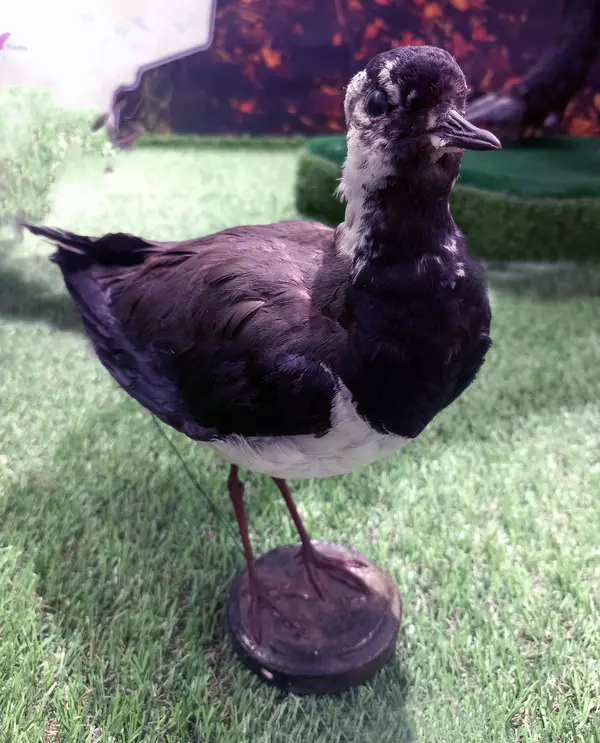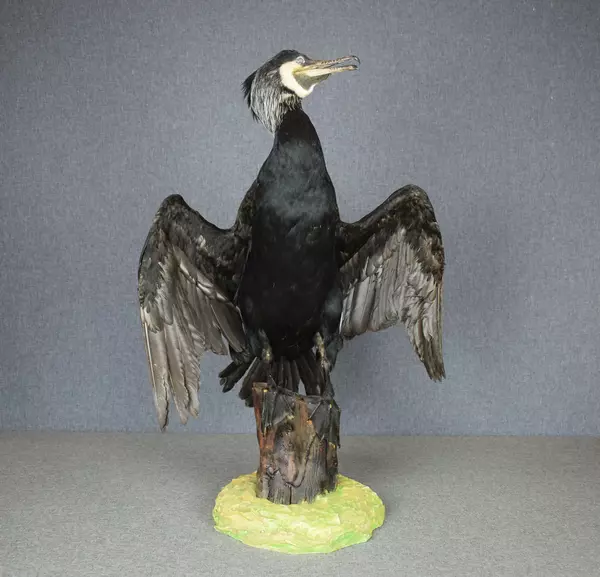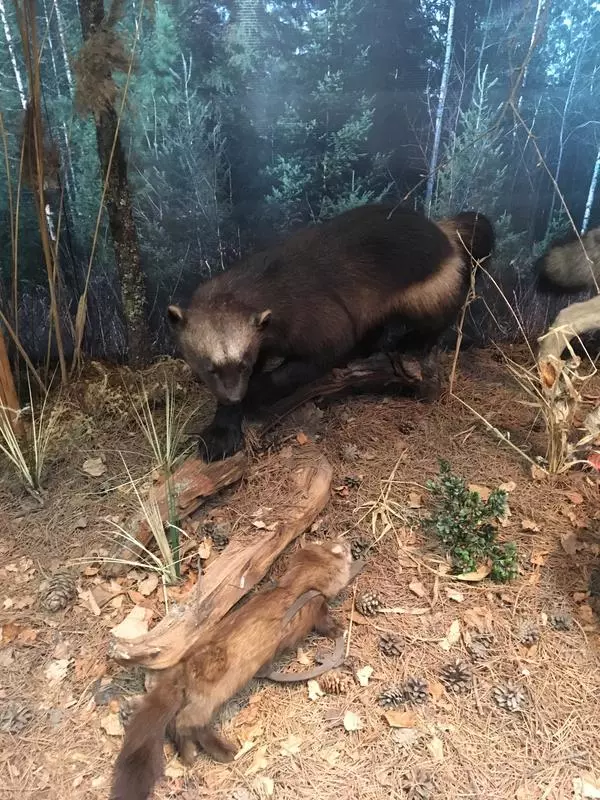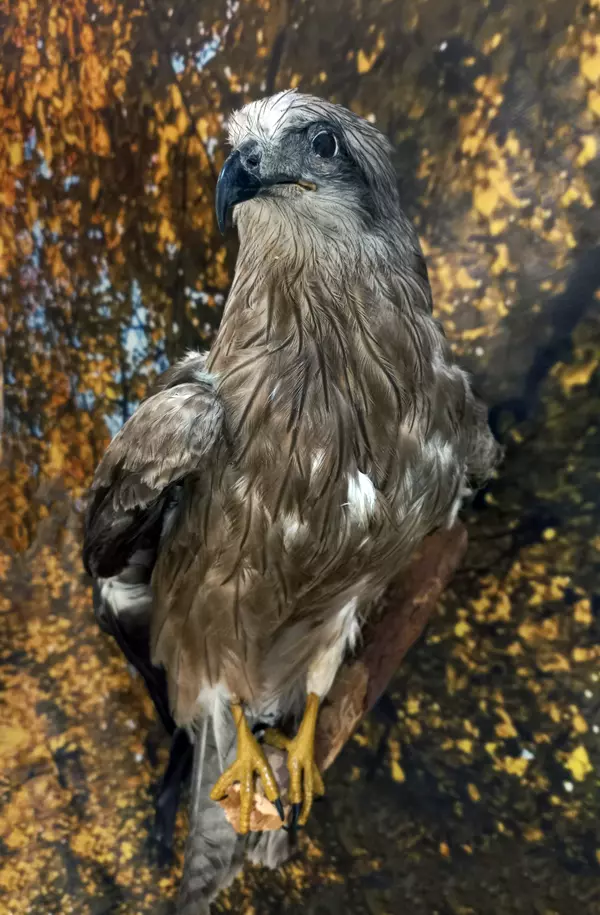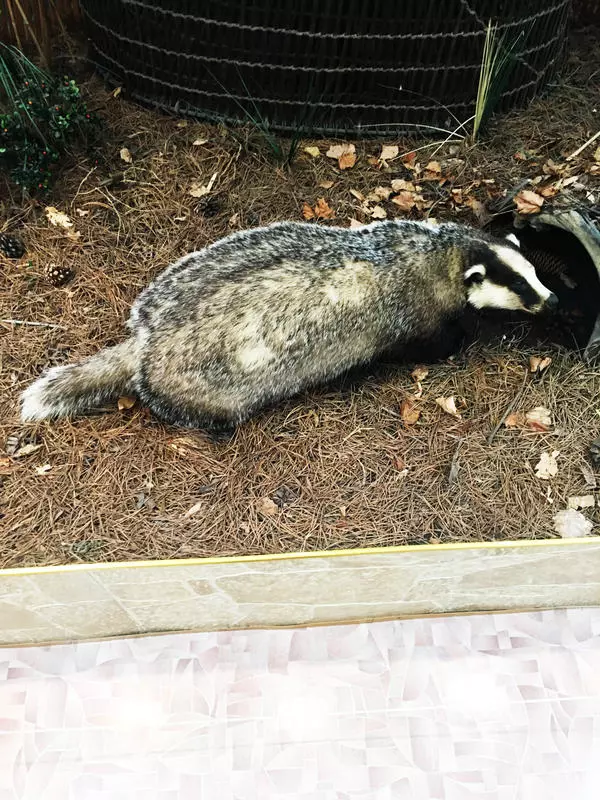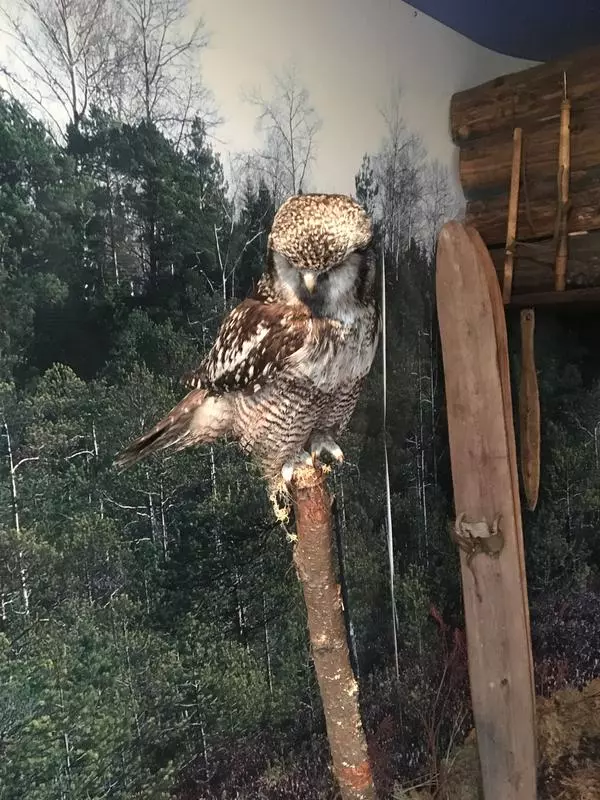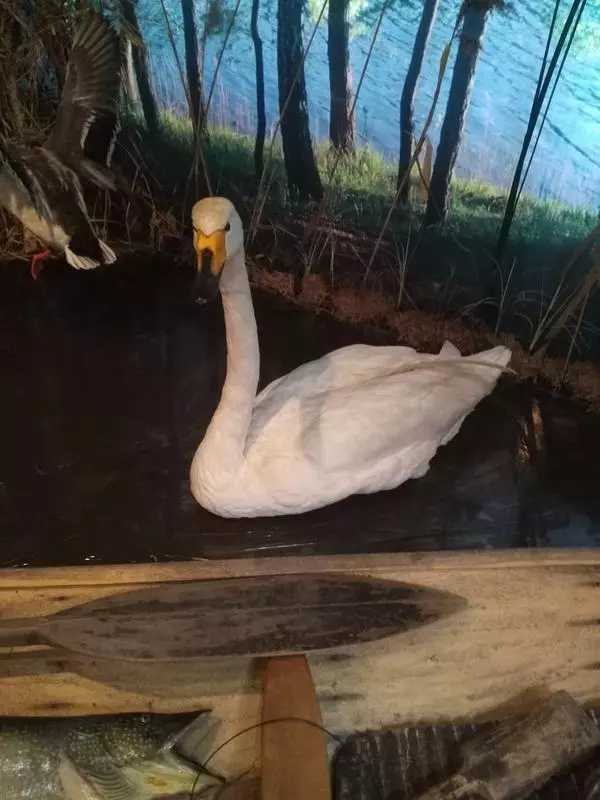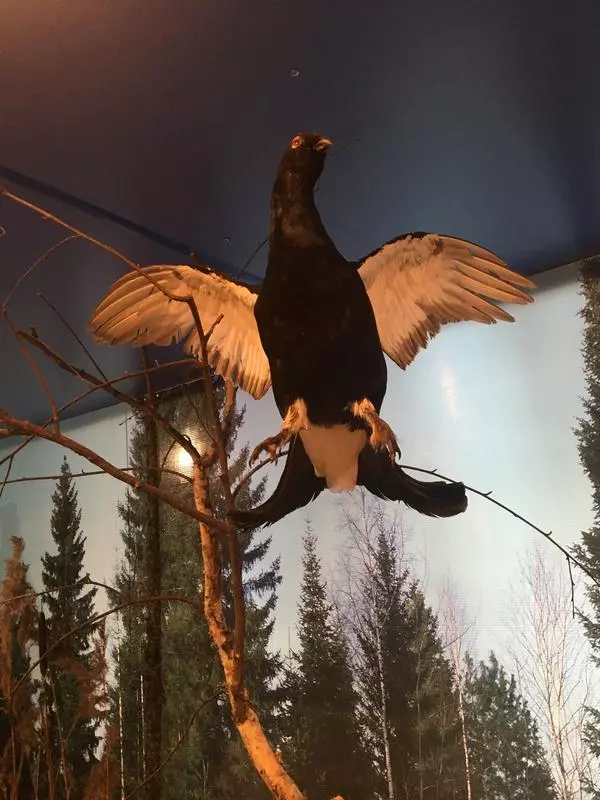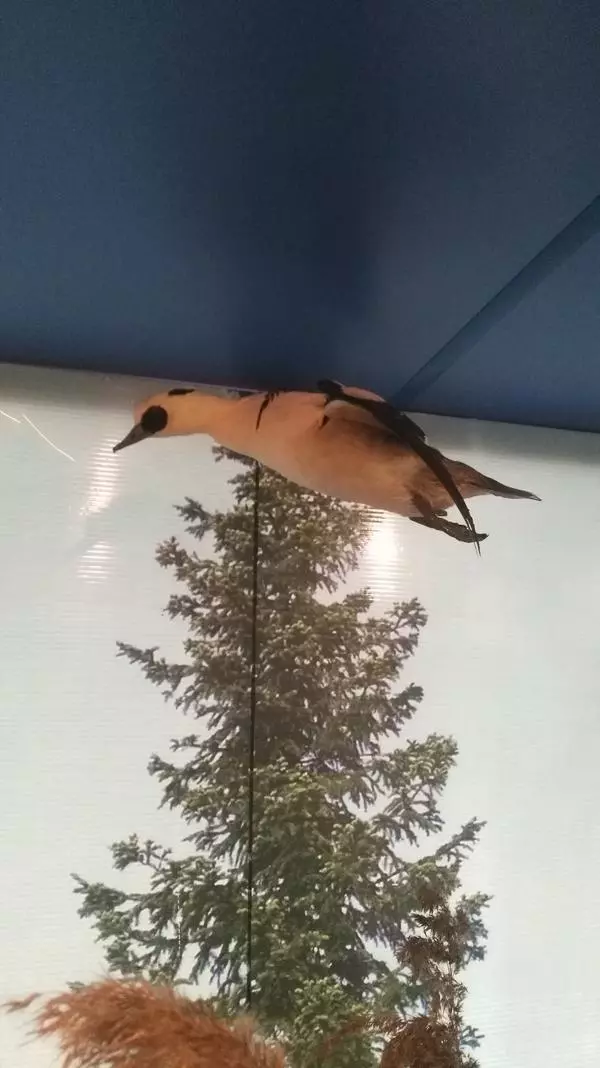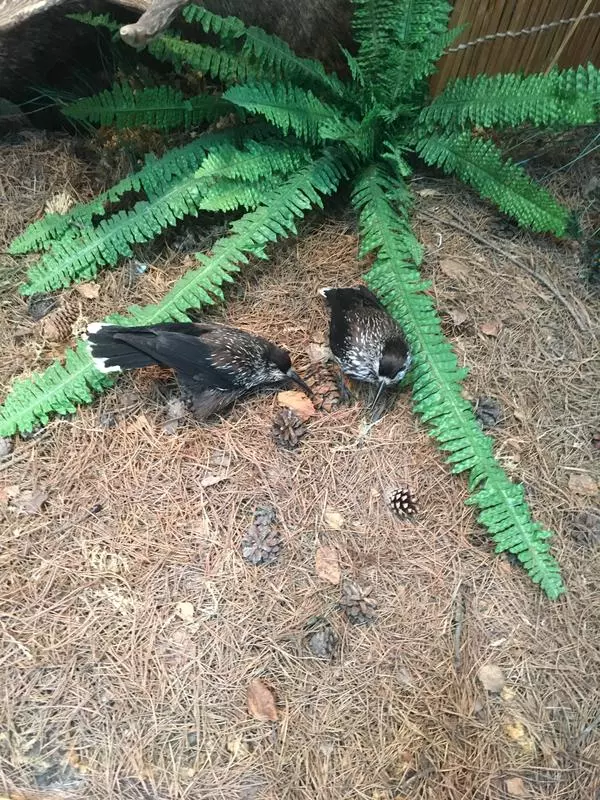Siberian weasel is a carnivorous animal from the Mustelidae family. It is small: the length of its body does not exceed 30 cm, and its weight is no more than 800 grams. The Siberian weasel’s fur is reddish yellow in winter and bright red in summer. In the cold season, its tail is fluffy, almost like that of a marten, and its length is half of the length of the body. It has a dark “mask” on its muzzle and a white lining around its lips and on its chin. There are small membranes on its short paws. By the beginning of November, after the autumn change of coat, its fur is especially thick. The change of winter coat to the summer one starts in March and continues until August.
Siberian weasels always live near water bodies. They can be found in river floodplains, on the banks of lakes surrounded with thick vegetation or at the edges of swamps covered with aquatic vegetation. These animals also live on mountain slopes: they can climb up to a height of up to 1800 m above sea level. But what they like most are forests with many old hollowed trees. And sometimes they live near humans: in towns and villages, they choose places where they can hunt mice and rats.
They are usually active during the twilight hours and at night, but sometimes they go out hunting in the daytime. Unlike sables that wait for their victims, Siberian weasels walk around their territory, look under the dead wood, explore the hollows in the trees. They can dig through soil or snow and get into other animals’ holes. Besides that, these animals are excellent swimmers and can hunt in water as well.
Siberian weasels mostly eat rodents: chipmunks, squirrels, jerboas. They also eat birds and their eggs, insects and carrion, fish and frogs. If there is too little food in the forests, they can also attack poultry.
Siberian weasel is the most economical animal of the Mustelidae family. More often than other animals, they store their food in the hollows of trees or under the snow. During one hunting walk, he covers up to 8 kilometers running and searching for food. If they get lucky enough to hunt big prey, they return to their home and do not leave it until the next day. They hide in chipmunks’ holes, hollows of trees located close to the ground, spaces between rotten tree roots and piles of dry branches.
Siberian weasels always live near water bodies. They can be found in river floodplains, on the banks of lakes surrounded with thick vegetation or at the edges of swamps covered with aquatic vegetation. These animals also live on mountain slopes: they can climb up to a height of up to 1800 m above sea level. But what they like most are forests with many old hollowed trees. And sometimes they live near humans: in towns and villages, they choose places where they can hunt mice and rats.
They are usually active during the twilight hours and at night, but sometimes they go out hunting in the daytime. Unlike sables that wait for their victims, Siberian weasels walk around their territory, look under the dead wood, explore the hollows in the trees. They can dig through soil or snow and get into other animals’ holes. Besides that, these animals are excellent swimmers and can hunt in water as well.
Siberian weasels mostly eat rodents: chipmunks, squirrels, jerboas. They also eat birds and their eggs, insects and carrion, fish and frogs. If there is too little food in the forests, they can also attack poultry.
Siberian weasel is the most economical animal of the Mustelidae family. More often than other animals, they store their food in the hollows of trees or under the snow. During one hunting walk, he covers up to 8 kilometers running and searching for food. If they get lucky enough to hunt big prey, they return to their home and do not leave it until the next day. They hide in chipmunks’ holes, hollows of trees located close to the ground, spaces between rotten tree roots and piles of dry branches.

